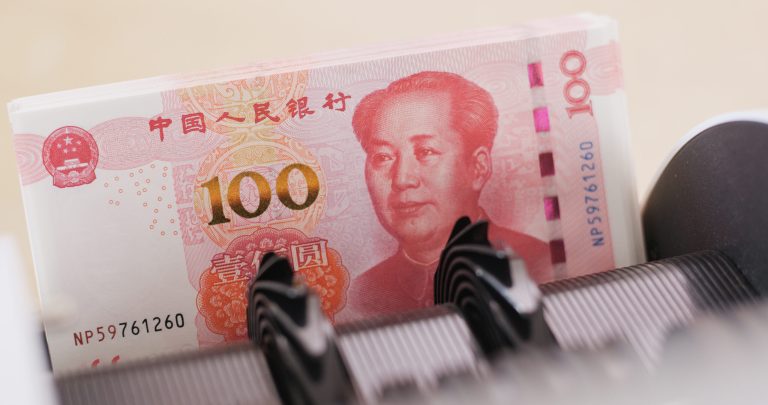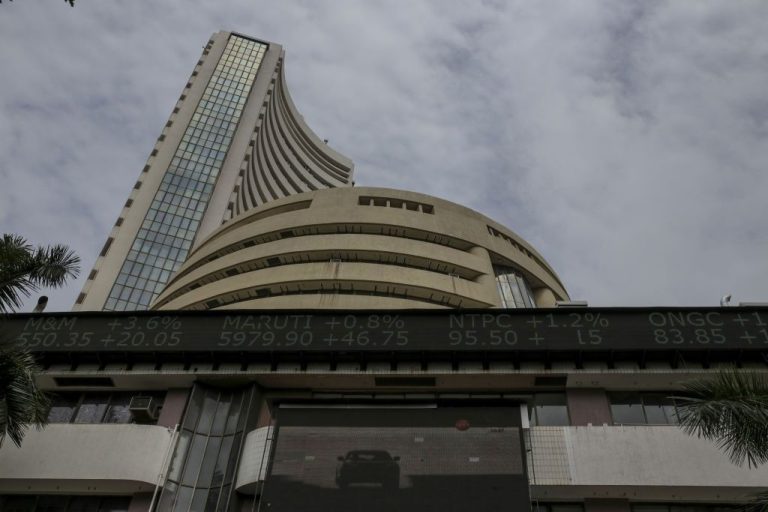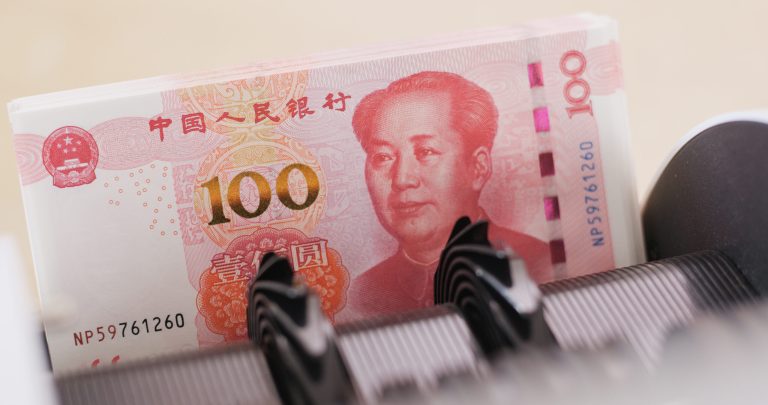Apple’s iPhone exports from India surged by a third in the six months ending in September, reinforcing the tech giant’s strategic move to boost manufacturing in India while reducing reliance on China.
India-made iPhone exports reached nearly $6 billion, marking a significant jump from last year.
The robust growth trajectory suggests Apple is on track to exceed $10 billion in iPhone exports in the fiscal year 2024.
This uptick follows Apple’s broader efforts to leverage India’s workforce, subsidies, and burgeoning technology ecosystem as tensions between the US and China intensify.
Apple’s push for Indian manufacturing to hit $10B
Apple’s strategic shift to Indian manufacturing has been accelerated by three of its primary suppliers: Foxconn Technology Group, Pegatron Corp., and Tata Electronics.
Together, they are ramping up iPhone assembly in India’s southern regions, particularly around Chennai and Karnataka.
Foxconn, Apple’s leading supplier in India, accounts for half of the country’s iPhone exports. Tata Electronics, which acquired its iPhone production unit from Wistron last year, exported about $1.7 billion worth of iPhones from Karnataka from April to September, becoming Apple’s first Indian assembly partner.
Apple’s rapid growth in India aligns well with Prime Minister Narendra Modi’s “Make in India” initiative, which has encouraged international businesses to invest in local manufacturing.
The Indian government’s subsidies have helped Apple assemble high-end iPhone models, such as the iPhone 16 Pro and Pro Max, domestically.
The push to localize production has not only boosted Apple’s India exports but also propelled smartphones to become the country’s top export category to the US, totaling $2.88 billion in just five months this fiscal year.
Indian middle-class drives demand
Despite these gains, Apple holds just 7% of India’s smartphone market, a segment largely dominated by Chinese brands like Xiaomi, Oppo, and Vivo.
Apple’s popularity is on the rise among India’s middle class, whose disposable income and purchasing power are increasing.
To meet demand, Apple has opened flagship stores in Mumbai and New Delhi, with more planned in Bangalore and Pune, enhancing its retail footprint to capture the aspirations of India’s emerging consumer class.
Apple’s focus on India has already paid off, with annual revenue in the region reaching a record $8 billion in the year ending March 2024.
The expansion of Apple’s presence in India, complemented by targeted marketing efforts and online sales, has further bolstered its revenues.
Analysts estimate that Apple’s India sales could hit $33 billion by 2030, driven by the rising middle class and the growth of payment plans that facilitate access to high-end devices.
While Apple continues to diversify its production base, China remains its largest manufacturing hub.
The shift to India underscores a growing dependency on an alternative supply chain as China grapples with economic uncertainty.
This year, Apple doubled its iPhone production in India to $14 billion, with exports comprising $10 billion, illustrating the company’s commitment to India as a vital part of its long-term strategy.
Yet, despite these gains, India is unlikely to rival China’s dominance in Apple’s production ecosystem anytime soon.
The post India iPhone exports soar to $6B amid Apple’s pivot from China appeared first on Invezz










